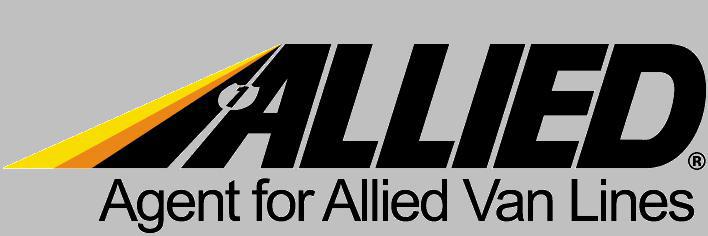
Cory S.
Feb. 23, 2022, 12:40 a.m.
THESE GUYS ARE THIEVES! We utilized them quite a while back to move from Chattanooga to Atlanta. They gave us an "ensured not to surpass" value that included pressing, moving and capacity. At that point when they touched base to convey our furniture they declined to empty it unless we paid them more cash. When we declined to pay them our level screen TV disappeared and they cut the force line off of our clothes washer... intentionally... I really saw them do it.
These folks are CROOKS and LIARS and would prescribe everybody who peruses this to keep away from them at all costs. They are terrible individuals. They are criminals. BEWARE!!!!

Natalie S
Feb. 23, 2022, 12:41 a.m.
Well, my review will echo the first review. I got my quote from the company and it was just at the upper amount I wanted to pay. So, I went and got a ton of boxes and packed half my stuff myself to try and save some money. Somehow, I came in well above their estimate. A frame of mine was very poorly packed and damaged in my move. I have been following up about my refund for over two months and still have not heard back. Awful customer service. The company just seems dishonest to me.

Tim Morrison
Feb. 23, 2022, 12:43 a.m.
Very poor customer service with Main Street. Made the pick up late. Delivered the load 1 day late. Company will not call you back after the delivery. They will not address any damage issues until I had to call their corporate office. Their corporate office could not help me since Main Street did not put a reference number on the bill of lading. Very frustrated with the entire experience. Will never use Main Street it Allied Cans again. I have learned my lesson.


Add a Review